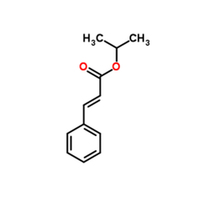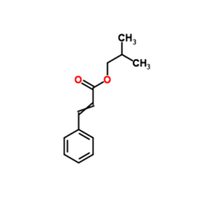3-Phenylpropanal
Product Quick Detail
- FOB Price
- USD $5.00 / Piece
- Minimum Order
- 1
- Place Of Origin
- 中国
- Packaging
- N/A
- Delivery
- 15 Days
Specifications
Usage :
1: It is widely used in the preparation of various floral fragrances, especially lilac, jasmine and rose
fragrances.
2: GB 2760-1996 stipulates that it is a permitted food flavor. It is mainly used to prepare grape, cherry, peach, almond, and spice
flavors.
3: It can be used in small amounts for hyacinth, carnation, lily of the valley, lilac, rabbit ear flower, ylang ylang, rose, jasmine, sweet bean flower,
sunflower, yarrow, new yarrow, etc. Aroma efficacy. Can also be used in Xiangwei, Laurel, Spice, Tobacco. It can also be used as flavor in almond, berry, grape, cherry, peach, plum, cinnamon and
other flavors.
4: It is widely used in the preparation of various floral fragrances, especially lilac, jasmine and rose fragrances.
- Contact: Arthur shi









